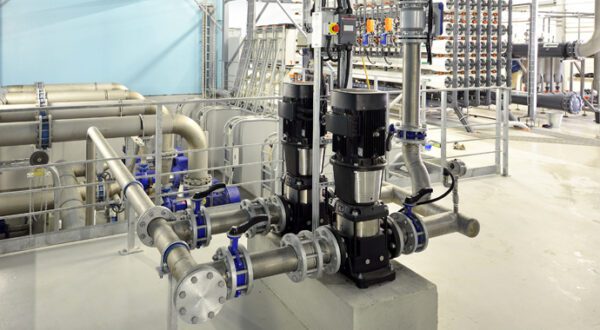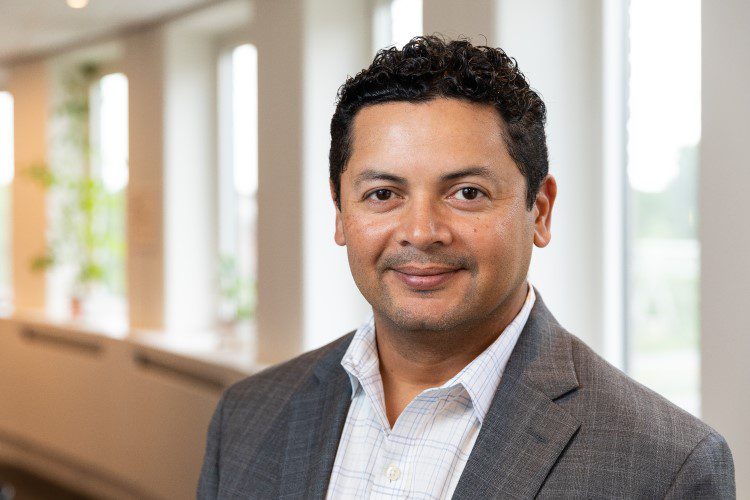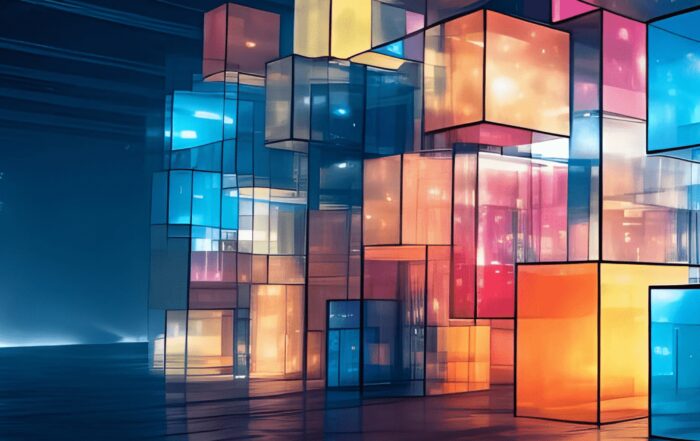The San Francisco Public Utilities Commission (SFPUC) is a public agency of the City and County of San Francisco that provides water, wastewater, and electric power services to the city and an additional 1.9 million customers within three San Francisco Bay Area counties. SFPUC Wastewater Enterprise (WWE) is undergoing major renovations in the coming years. In preparation for the renovations, one of two existing headworks facilities (SEP 011) will be substantially demolished, requiring a higher level of reliability and availability of the remaining headworks facility (SEP 012). WWE requested a reliability study of the facility that will remain, to identify required mitigations (maintenance, replacements, redesigns, etc.) to ensure the required reliability.
MaxGrip was contracted to conduct a reliability centered maintenance (RCM) study to identify the required mitigations to ensure reliability of the remaining headworks facility (SEP 012 – New Headworks).

Case study – highlights
Approach
The scope of the RCM study not only included RCM facilitation and mitigation reports but also implementation.
Preparation
As part of the preparation, all stakeholders and participants were identified, expectations were communicated, and workshops were planned.
RCM Workshops
MaxGrip performed five weeks of RCM workshops with various stakeholders. During these workshops, asset functional failures were determined, as well as their subsequent consequences.
Processing and Gap Analysis
During and after the workshops, RCM data were processed (copied, quality checked, reviewed, etc.). To ensure the strategy will be executed in the field, the gaps between the asset care strategy and current PMs in Maximo were identified and changes made accordingly.
Results
As a result of the RCM study, MaxGrip identified gaps and opportunities to increase reliability. 349 assets were reviewed under the risk analyses – reviewing their failure modes, ranking their failure criticality, and finalizing mitigating actions. Thirty-five single action and mitigation recommendations resulted from the RCM study, and analysis of Job Plan durations provided valuable insight into labor demand and equipment downtime.
Additionally, an optimized preventative maintenance (PM) strategy led to a reduction in PMs by 34 percent. Implementing this maintenance strategy resulted in a 27 percent reduction in labor hours and a yearly savings of $54,000.
Get inspired
Learn about RCM, how it can streamline your maintenance operations, and why it’s a powerful strategy to lower maintenance and reliability costs.
Introductory article on RCM, the assessment criteria and the implementation process.
MaxGrip's strategic approach to asset management maturity involves aligning organizational goals, enhancing data and system integration, and emphasizing process efficiency and human resource empowerment for effective and continuous improvement in asset performance management.





